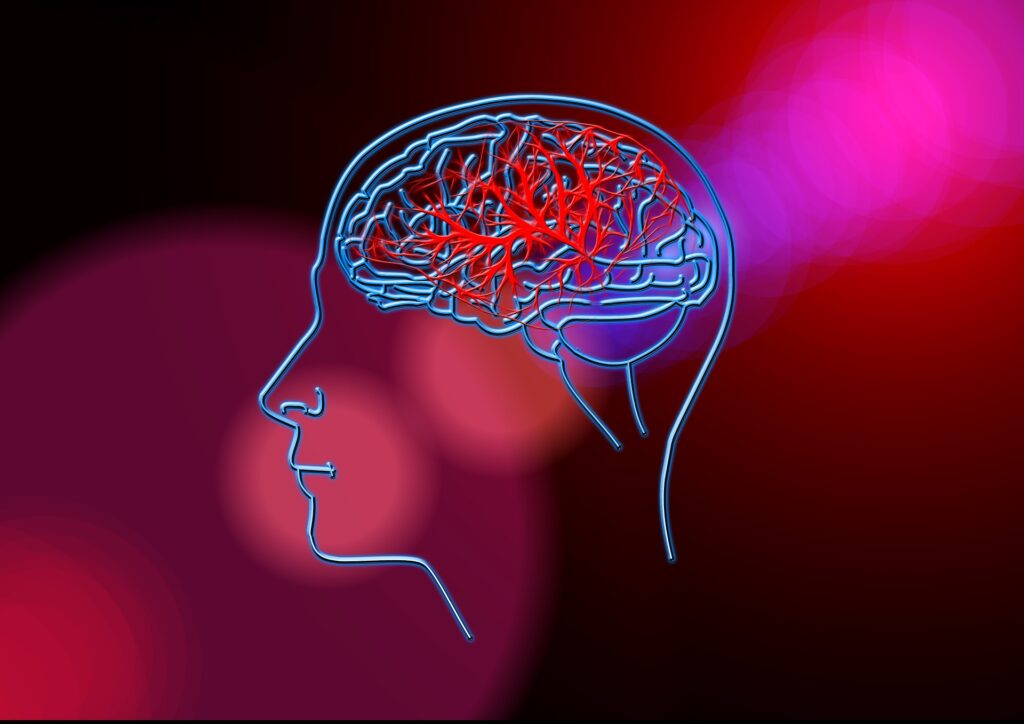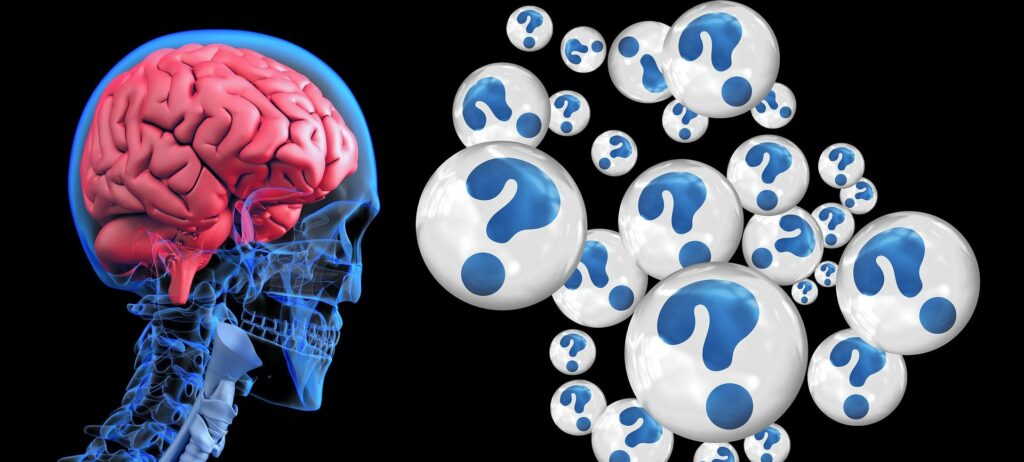Epilepsy Explained

Epilepsy doesn’t discriminate based on age, gender or race. It is the fourth most common neurological disorder, affecting around 65 million people around the world and it can start at any time in a person’s life. But what is it? Epilepsy is characterized by seizures which are defined as a disruption of the electrical communication between neurons in the brain.
What happens when people have a seizure differs between sufferers but when they hit, of course, they are very disruptive to almost all aspects of life. You can have one for seemingly no reason at any time and then go on with your life, but what makes for a diagnosis of epilepsy is when you have two or more separated by at least 24 hours, or you have one major one with reason to believe you are at high risk for more.
It is estimated that between four and ten in every 1000 people with the disorder live with active seizures. There are a few different ways that this can affect a person: Generalized onset seizures affect both sides of the brain (or a group of cells on both sides of the brain) at the same time. Tonic-clonic, absence and atonic are a few subcategories of this type of seizure. There are also seizures called focal onset where it starts in one area or group of cells on one side of the brain. This type can be broken down into aware focal onset where the person is awake and aware of the seizure and focal onset impaired awareness which means the person is confused and has no idea it’s happening or is asleep when it happens.
Sadly, one-third of all epileptic people live with uncontrollable seizures because no available treatment works for them.
There is hope however for many sufferers as there are many different treatment options available. Usually, anti-convulsant drugs will change the way the brain cells work and how they communicate to each other. There are several types of these drugs and usually, someone with epilepsy will have to try a few to find the best fit for them. Another way to combat the condition is with diet, as some say the ketogenic diet which is high in fat and low in carbohydrates contributes to lowering the instances of seizures.
There are also stimulation options that aim to stop a seizure in its tracks and surgical options that include cutting out the part of the brain that is responsible for seizures entirely, thus eliminating the problem.
Soulful Encounters is a safe and welcoming dating service for the disabled and differently-abled community. For friendship, love, a sense of community or just for information on various aspects of disabilities, please visit us at http://www.soulfulencounters.com today.
Article Source: https://EzineArticles.com/expert/Amanda_J_Hales/1311545
Article Source: http://EzineArticles.com/9818292




